The Millenium Devizes White Horse
In 1998, unaware of the now lost 1845 Devizes White Horse (aka Snobs Horse), Sarah Padwick who was new to the area wrote into the local newspaper suggesting that to celebrate the Millenium, a hill figure should be cut on Roundway Down.

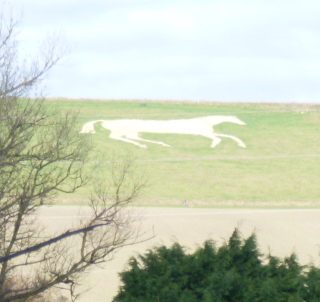
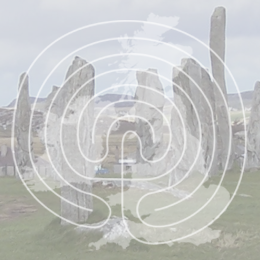
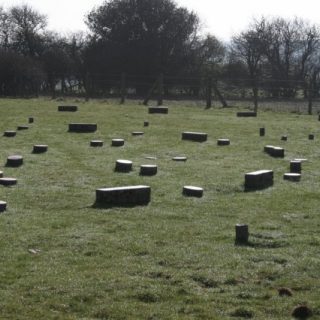
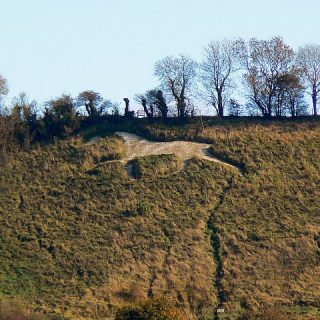
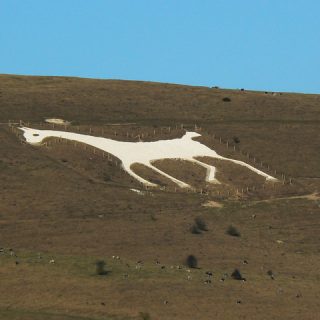
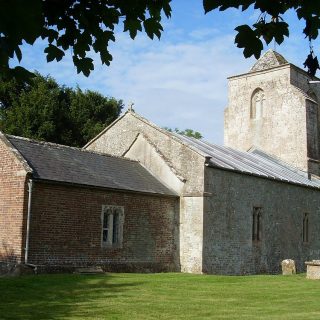
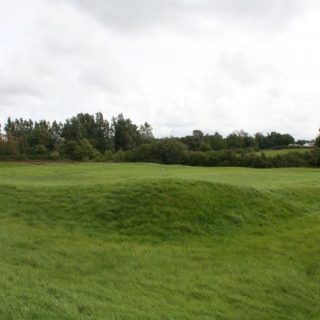
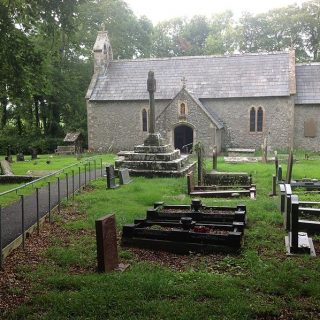

Recent Comments